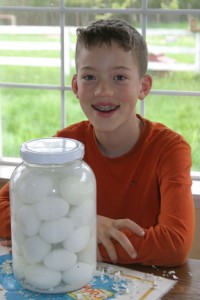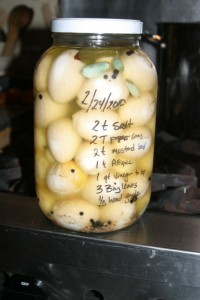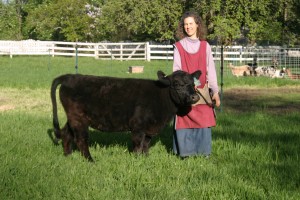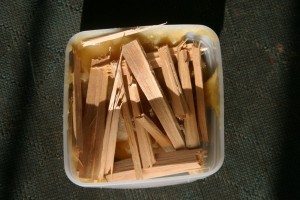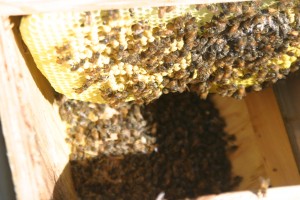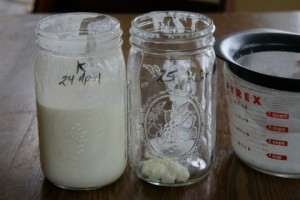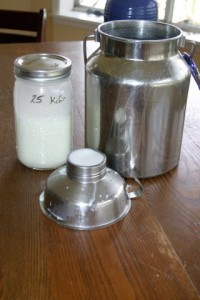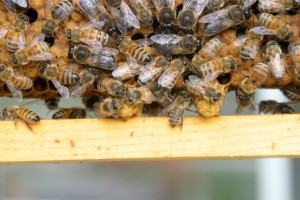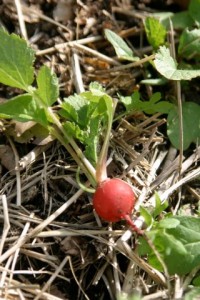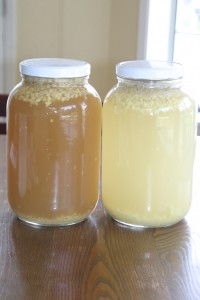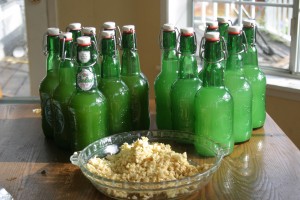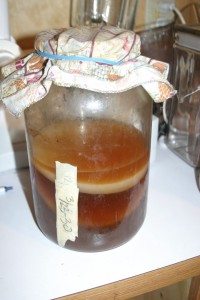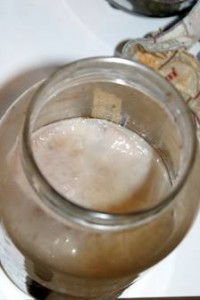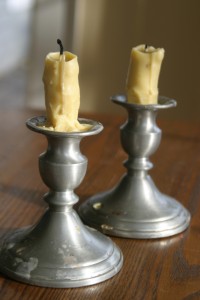If there is one thing from spring that I want to stretch across the whole year, it’s eggs. We get a ton of them each spring, and they are just beautiful. The birds love spring’s fresh pasture, and the beta-carotene in grass-fed eggs makes the yokes a thick and rich dark orange. The problem is sometimes there are just too many to eat them all.
Last year we sold some to friends–our rate is $5/dozen for no-soy, no-corn, pastured duck eggs. That is enough to reimburse the feed costs, and give a pittance for labor, but I would rather keep the food “in house” if possible.
The solution: pickled eggs! Last year I experimented with a couple different recipes and learned that they are an excellent addition to salads, and they keep wonderfully–the last egg was eaten in January, and was just a good as the first one we pulled out in May.
I’ve looked at many recipes, and they are all very similar: Add vinegar, add spices, add eggs, put in the refrigerator, then come back in 3 weeks.
The one that I like to use is taken from “The Encyclopedia of Country Living”by Carla Emery. It’s called “Spicy Pickled Eggs”.
Step 1: brine eggs in a saturated salt solution for 2 days.
1 cup salt to 1 quart water
2 days in refrigerator
Step 2: Remove salt brine, add pickling spices, and top up with vinegar.
2 T black peppercorns
1 T whole coriander seed
2 t whole mustard seed
1 t whole allspice
3 bay leaves
1/3 head garlic cloves
apple cider vinegar to top off jar (~1 quart)
refrigerate
Joel and Ruth especially love these–they’ve tapped into the first jar already!

